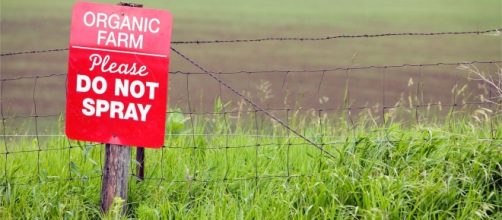The health food sector is becoming an increasingly lucrative industry. This follows the surplus of 'super-food' sales 2017 has seen, and the expansion of the UK's leading health food store, Holland and Barrett in its transferal to Mikhail Fridman's L1 Retail for £1.8 billion. Regardless, the most integral question within the health food debate is whether consumers are becoming vulnerable to heavy costs due to an absence of health knowledge or information regarding price variances.
Tempted By The Holland and Barrett Hype
The fast-growing health food chain offers an interesting response to today's 'instant results' seeking generation with Instagram's miracle tea weight loss posts and celebrities dishing out on the super-food of the day it is easy to fall in line and hop off to your closest Holland and Barrett store.
However, unless you're a regular at the penny sale, it is most likely you'll find yourself with a heavily depreciated bank account, thus why it's becoming more and more pivotal to find new ways of configuring a healthy, financially sustainable lifestyle.
Demand and Supply
The common economic explanation for the rising cost of healthy food corresponds to the supply and demand model with healthy food being naturally conceived as more expensive. With added preparation costs, demand decreases, thereby allowing the Demand And Supply for 'junk' food with zero to little added preparation costs to increase. However, the more in demand 'junk food' high in saturated fat and sugar affording little nutritional value taxes the NHS £5.8 billion annually alone, according to University of Cambridge's 2014 study.
Although recent data illustrates a growing trend in 'super-foods' alongside a preference towards organic produce, the vast of majority of people are deflected by the intense prices associated with sourcing problems surrounding organic farming.
Organic isn't always organic and the 28 you're unaware of
The central component of organic farming which rejects GMO food (genetically modified organisms) is crop rotation. Crop rotation comprises of heavy agricultural costs in its need of extra land and remains a labour intensive task requiring the continuous rotation of different categories of crops such as: vegetables, legumes and grains. These agricultural costs accumulate in the final retail price; organic produce sold outside of it's country of production proliferates in price due to requiring more organic techniques to increase shelf life leading to production on an industrial scale to backfire.
In order to increase shelf life for industrial production, 28 out of the 389 EU approved pesticides are utilised into organic produce, therefore, organic produce is NOT 100 percent organic. Some of these are synthetic pesticides and PAN UK (Pesticide Network Action UK) is working to see the removal of pyrethrins and copper from organic produce.
Supporting Local Communities and Building A Sustainable Future for Organic Production
Nonetheless, organic produce significantly reduces dietary exposure to chemicals in tandem to containing to higher antioxidants and with post-Brexit trade deals potentially leading to an increase in the number of EU approved pesticides, it is important to work with local organic community farms that do not require the extra 28 while working on a community scale.


